Water Projects Emphasized in $7.5 Billion-U.S. Aid Package to Pakistan
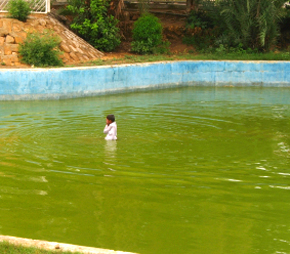
Almost half of the funds for Pakistan will be spent on irrigation and water infrastructure projects, report states.
Improved irrigation systems and water infrastructure projects are primary goals for the U.S. aid package to Pakistan, according to a U.S. State Department report released yesterday.
The Pakistan Assistance Strategy Report broadly states objectives for the $7.5 billion, five-year aid package that passed into law in October. Nearly $1.5 billion will be spent in the first year.
“Investments in Pakistan’s agriculture will address the impending water crisis, which the Pakistanis repeatedly raised with Secretary Clinton during her October 2009 visit to Pakistan, and will improve the profitability of agricultural markets,” the report states.
A warming climate is forcing the Pakistanis to revamp their water management infrastructure. The source of the Indus – Pakistan’s major river – are the ever-vulnerable Himalayan glaciers. As they melt, water supply in Pakistan is expected to decrease. This problem is compounded by an inefficient irrigation system that leaks half the water that enters it, according to the strategy report.
“To avoid potential disruption in rural incomes and food supplies from this pending water crisis, the Pakistanis urgently need investments in storage, canals, and irrigation services to improve water management. High impact, high visibility U.S. agriculture programs will likely include rehabilitation and/or expansion of irrigation to help make Pakistan’s agricultural industry more stable and profitable,” the report states.
Details about specific projects or how they will be selected are not yet available, USAID press officer Harry Edwards told Circle of Blue.
Most of the aid for water projects will be implemented through provincial irrigation districts, according to the report. This marks a shift in U.S. policy towards building up the strength of local government bodies.
The U.S. aid comes on top of a significant commitment to water investment by Pakistan itself. In 2001 the country’s Water and Power Development Authority (WAPDA) announced Vision 2025 – a $33 billion plan that develops the country’s water resources.
A major investment in dams will increase Pakistan’s hydropower generating capacity by threefold. The 40 announced Vision 2025 projects also include the construction of new storage reservoirs and canals, the extension of existing canals, and the dredging of existing reservoirs to remove silt build-up. Financing for these projects has come from internal sources, the Asian Development Bank, the World Bank and various national development agencies.
The Indus Basin irrigation system is among the largest in the world with the Pakistani system including 12 river-linking canals and 45 main irrigation canals. Pakistan shares the system with India through an agreement signed in 1960 that divides control of the Indus tributaries between the two countries.
Irrigated agriculture is essential to Pakistan’s economy and social stability. Nearly 70 percent of its exports are agriculture-based, and 90 percent of its food and fiber production relies on irrigation, according to the WAPDA.
The aid package was opposed by many Pakistani military leaders who viewed it as an attempt to impose America’s will on domestic politics, according to Dawn, a Pakistani newspaper.
Secretary Clinton tried to quell those fears in a speech in New York last week to the American-Pakistan Foundation.
“We seek not to impose our preferences on Pakistan or to override the government’s judgments or subvert the people’s will,” Clinton said. “Instead, we want a relationship based on mutual respect and shared responsibility.”
Source: USAID

Brett writes about agriculture, energy, infrastructure, and the politics and economics of water in the United States. He also writes the Federal Water Tap, Circle of Blue’s weekly digest of U.S. government water news. He is the winner of two Society of Environmental Journalists reporting awards, one of the top honors in American environmental journalism: first place for explanatory reporting for a series on septic system pollution in the United States(2016) and third place for beat reporting in a small market (2014). He received the Sierra Club’s Distinguished Service Award in 2018. Brett lives in Seattle, where he hikes the mountains and bakes pies. Contact Brett Walton


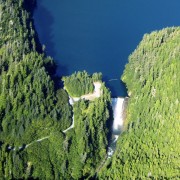
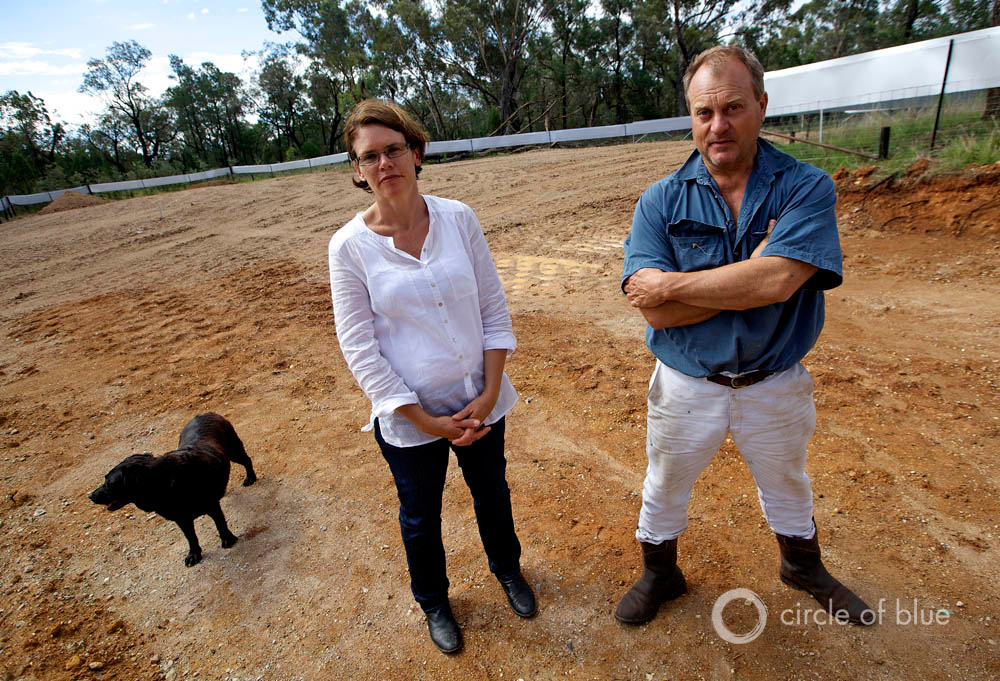
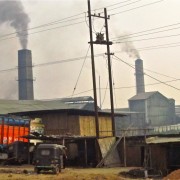
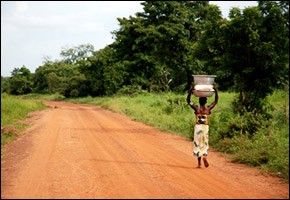
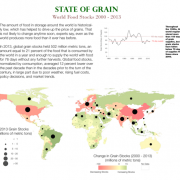


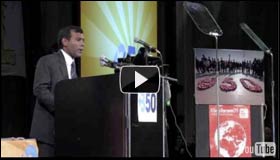
indiaan history speaks the inportance of water as
1. civilisation was on the bank of flowing stream of water.
2. the most succesful eraalso known as golden era of rular was “gupta vanh” during the time main emphasis was of water management and farmers well being .
pl. let we should feel the real eney i.e industrilisasion , of human being which is the out come of selfish science .
“small is beautiful”
“slow and steady wins the race”
“science is the distortion of facts . the facts are nature beauty and peace”
ajash goel
09896552465